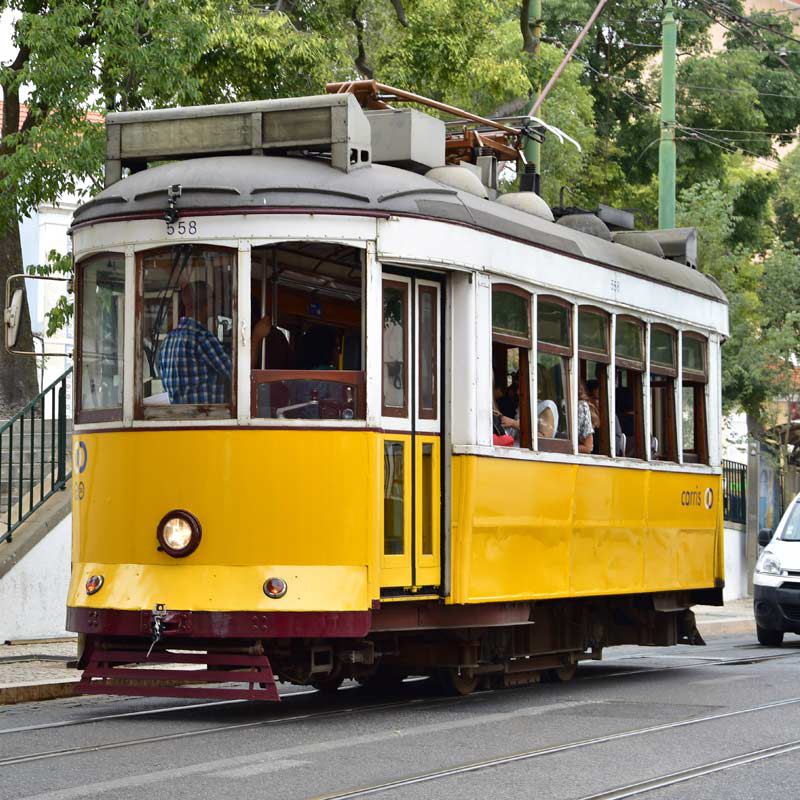Just thought I’d share this since it’s working for me at my home instance of federate.cc, even though it’s not documented in the Lemmy hosting guide.
The image server used by Lemmy, pict-rs, recently added support for object storage like Amazon S3, instead of serving images directly off the disk. This is potentially interesting to you because object storage is orders of magnitude cheaper than disk storage with a VM.
By way of example, I’m hosting my setup on Vultr, but this applies to say Digital Ocean or AWS as well. Going from a 50GB to a 100GB VM instance on Vultr will take you from $12 to $24/month. Up to 180GB, $48/month. Of course these include CPU and RAM step-ups too, but I’m focusing only on disk space for now.
Vultr’s object storage by comparison is $5/month for 1TB of storage and includes a separate 1TB of bandwidth that doesn’t count against your main VM, plus this content is served off of Vultr’s CDN instead of your instance, meaning even less CPU load for you.
This is pretty easy to do. What we’ll be doing is diverging slightly from the official Lemmy ansible setup to add some different environment variables to pict-rs.
After step 5, before running the ansible playbook, we’re going to modify the ansible template slightly:
cd templates/
cp docker-compose.yml docker-compose.yml.original
Now we’re going to edit the docker-compose.yml with your favourite text editor, personally I like micro but vim, emacs, nano or whatever will do…
favourite-editor docker-compose.yml
Down around line 67 begins the section for pictrs, you’ll notice under the environment section there are a bunch of things that the Lemmy guys predefined. We’re going to add some here to take advantage of the new support for object storage in pict-rs 0.4+:
At the bottom of the environment section we’ll add these new vars:
- PICTRS__STORE__TYPE=object_storage
- PICTRS__STORE__ENDPOINT=Your Object Store Endpoint
- PICTRS__STORE__BUCKET_NAME=Your Bucket Name
- PICTRS__STORE__REGION=Your Bucket Region
- PICTRS__STORE__USE_PATH_STYLE=false
- PICTRS__STORE__ACCESS_KEY=Your Access Key
- PICTRS__STORE__SECRET_KEY=Your Secret Key
So your whole pictrs section looks something like this: https://pastebin.com/X1dP1jew
The actual bucket name, region, access key and secret key will come from your provider. If you’re using Vultr like me then they are under the details after you’ve created your object store, under Overview -> S3 Credentials. On Vultr your endpoint will be something like sjc1.vultrobjects.com, and your region is the domain prefix, so in this case sjc1.
Now you can install as usual. If you have an existing instance already deployed, there is an additional migration command you have to run to move your on-disk images into the object storage.
You’re now good to go and things should pretty much behave like before, except pict-rs will be saving images to your designated cloud/object store, and when serving images it will instead redirect clients to pull directly from the object store, saving you a lot of storage, cpu use and bandwidth, and therefore money.
Hope this helps someone, I am not an expert in either Lemmy administration nor Linux sysadmin stuff, but I can say I’ve done this on my own instance at federate.cc and so far I can’t see any ill effects.
Happy Lemmy-ing!
Thank you for sharing this. I’m going to try to go through this migration shortly.
Right now I’m running my instance on a fairly lean VPS so being able to lighten the CPU load and not have to pre-allocate disk space is super useful.
Replying to confirm that this works and went very smoothly! If you can see my profile picture, it’s on S3 instead of disk now.
I’m using pure ansible to deploy my containers (instead of docker compose) so I had to figure out how to start the pictrs container without actually starting pictrs so that I could run the migration. I ended up stopping the container and then running this to perform the migration:
docker run --name pictrs-migration \ --user 991:991 \ -v /my-pictrs-path/:/mnt \ --rm \ asonix/pictrs:0.4.0-rc.14 \ pict-rs \ migrate-store \ filesystem \ object-storage \ -e https://my-s3-endpoint \ -b my-s3-bucket-name \ -r my-region \ -a my-key-id \ -s my-key-secretThen I used ansible to redeploy the container with volume mount removed and the new s3 environment variables.
Super easy!
I’m using S3FS to achieve the same thing, but without modifying the ansible config or using native object storage within pict-rs.
I tried this with a brand new lemmy ansible setup using Vultr object storage, and my media upload requests respond with a timeout
Request error: error sending request for url (http://pictrs:8080/image): error trying to connect: dns error: failed to lookup address information: Try againHello again! I just completed object storage migration. Here’s what I learned if you want to do it with an instance that’s already setup:
- Download the binary file for pict-rs from the project’s git repository.
- Stop the pict-rs container.
- Perform the migration as indicated in the pict-rs documentation. If it hangs at some point due to a missing file, re-run with --skip-missing-files.
- Verify that files have been migrated to object storage.
- Change docker-compose settings.
- And here the most important part… changes won’t be applied unless you run
docker-compose up -d. Simply running docker-compose restart will NOT apply the new config. This might be obvious for docker users but I didn’t know about it and had to rollback the first time because it wouldn’t fetch images from object storage while they had already been migrated there.
Fantastic! Thanks for sharing your experience!!
I just posted this. Since you helped me with object storage maybe you’ll find this feature also useful. https://yiffit.net/post/232759
Hello! Could I please ask you to confirm which of the two migration commands you used for your instance? The one with the path to the sled repo or the one without?
Thank you!
Actually neither, I brought up my instance new with this configuration, sorry!
plus this content is served off of Vultr’s CDN instead of your instance, meaning even less CPU load for you.
Currently the Lemmy backend proxies all image requests, so this isn’t true (for now).
Ah! Noted. That said, it is definitely storing the bytes on the object store. I imagine someone clever with nginx or such could set up some rewrite rules to bypass
pictrsentirely for GET requests, but unfortunately that’s beyond my pay grade here.Not an expert either, but if you do it through nginx I think it will still depend on your single VPS. There probably needs to be a change in the Lemmy-ui to tell the browser to download directly from the object storage CDN.
Thinking about this a little more: I think yeah the HTTP requests will always hit your VPS, but if what you’re saying is that
pictrsis loading from object store and then re-serving them off your VPS, then an NGINX rule might be able to redirect theGETdirectly to the object store; so that instead of transferring the actual image bytes, it just 204’s the browser through to the object store. I don’t know how feasible this is but I may play around with it to see.Pict-rs uses a database to match the uri hash to the file name on disk or object store. This allows for deduplication. It always needs to sit between storage and requests. I have my instance setup to use a separate CDN domain and caching servers to reduce load in my instance. One day soon I hope to get a write done on how to do it.







